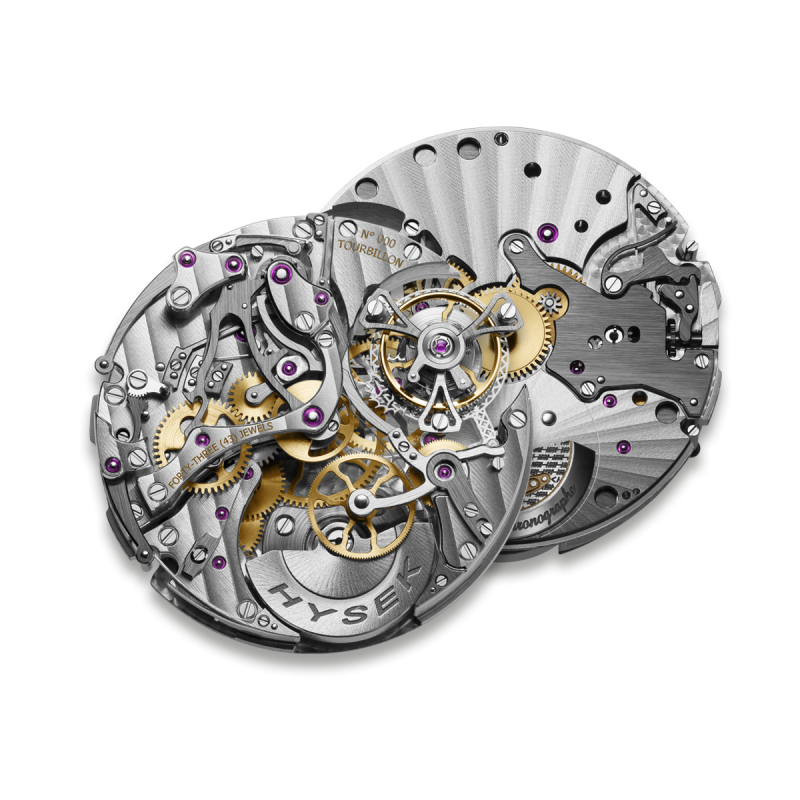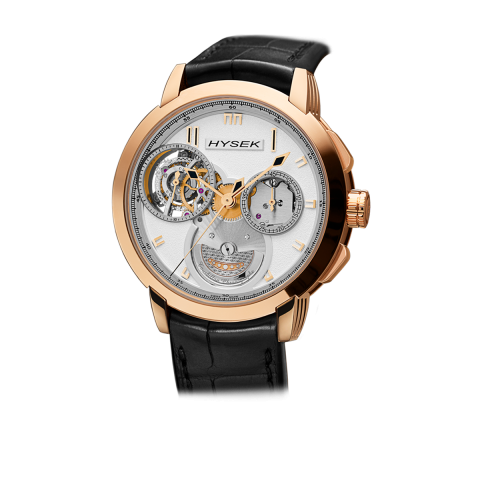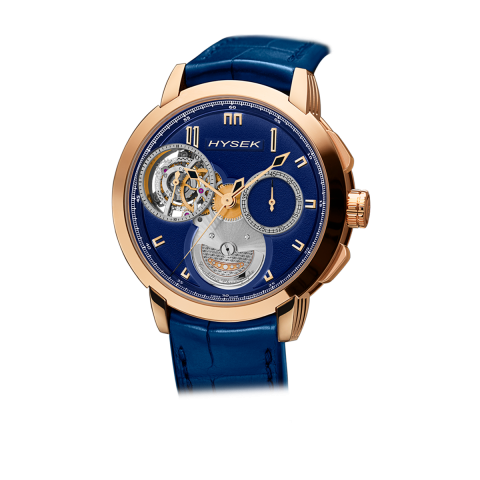
HW41 Chronograph Tourbillon
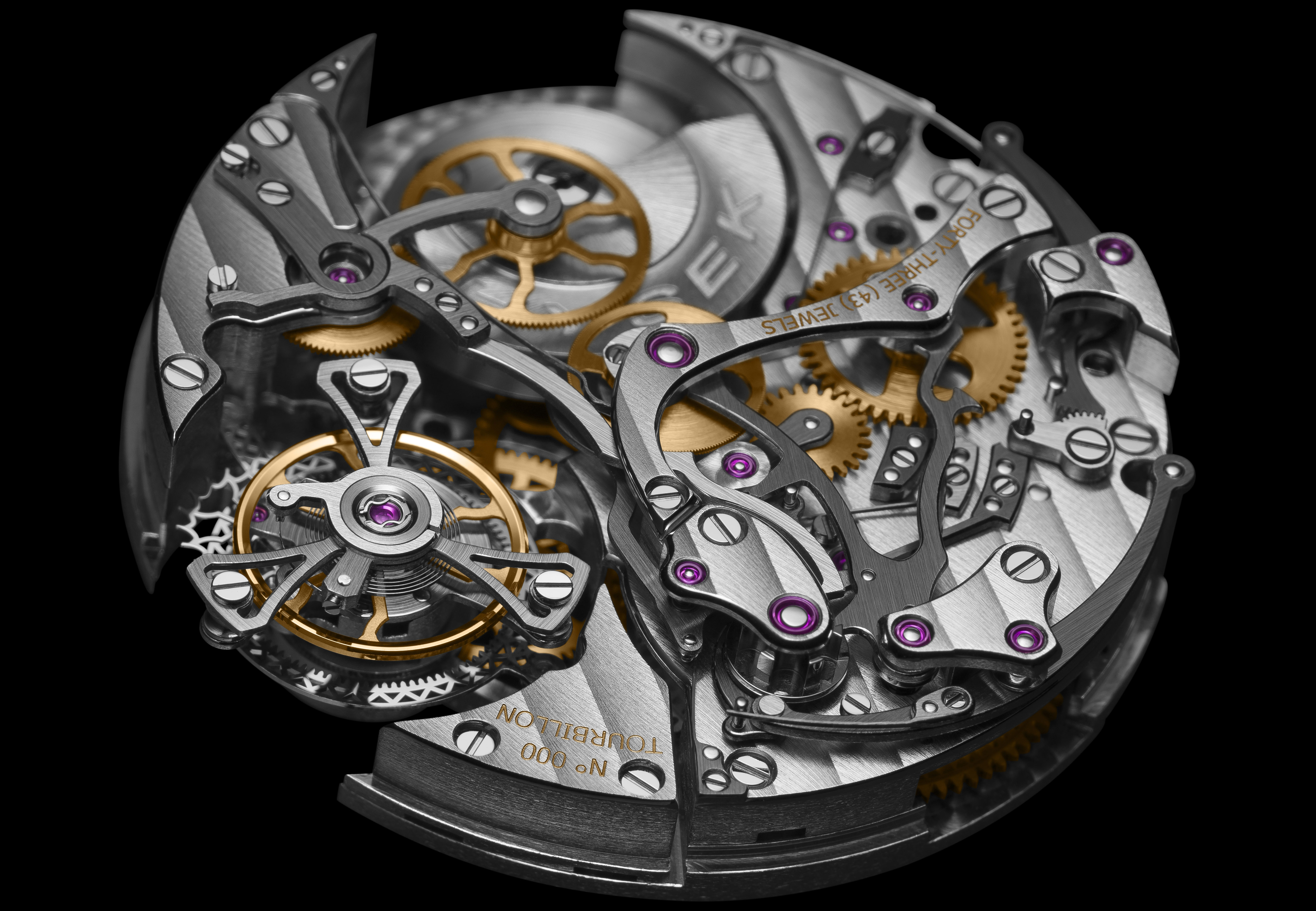
MOVEMENT
- Automatic Mechanical, hour & minute
- Flying tourbillon
- Chronograph with 2 times column wheel
- Double micro-rotor
- Weights in 22K gold and in platinum
- 45min counter at 3 o’clock
- Small second on the tourbillon
- Direct-drive in the center
- Rose des Vents decoration
- 358 components, 49 jewels
- Autonomy 48h
- Frequency 28’800 VpH
Hysek has sought to make the 360-part calibre as slim as possible. To achieve this, the manufacture has removed the oscillating weight, making room for the micro-rotor.
Hysek has positioned a skeletonized flying tourbillon at 10 o’clock. The choice of this finish is anything but the fruit of chance: echoing the manufacture’s approach to the chronograph, it’s specifically designed to provide dizzying views down into the intricate escapement; an opportunity to delight in the mechanical innards of the tourbillon even as you watch it mark out the seconds.
This design ethos is similarly present in Hysek’s hand-crafted finishing. The openwork tracery on the tourbillon appears literally to be suspended from a titanium frame, taking the theme of transparency to its apogee.
This calibre is powered by two micro-rotors. The first is made from 22-carat rose gold, the one on the back from platinum. They are continuous, too, because both are located at 6 o’clock and connected by a single shaft. This Hysek invention saves a great deal of space whilst offering winding capabilities as powerful as those of a traditional oscillating weight. As a result, the HW41 Chronograph Tourbillon has an automatic calibre that is only 13 mm thick – and a 48-hour power reserve.
Hysek has chosen to reveal the complexity of the chronograph in all its glory. The manufacture has laid bare its mechanism, thus seeking to restore the complication to its rightful place in the watchmaking hierarchy, whereas most timepieces of this type concentrate on performance alone.
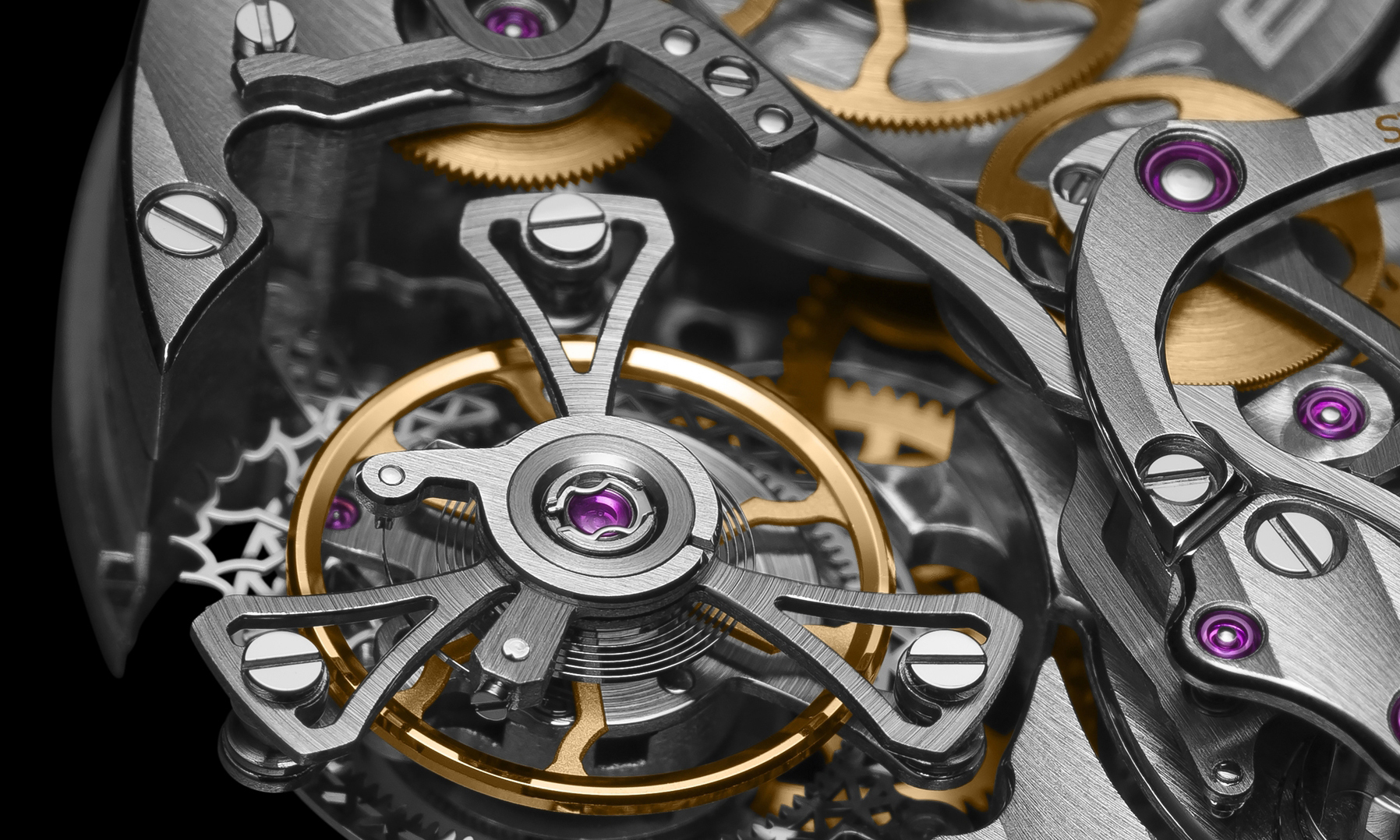
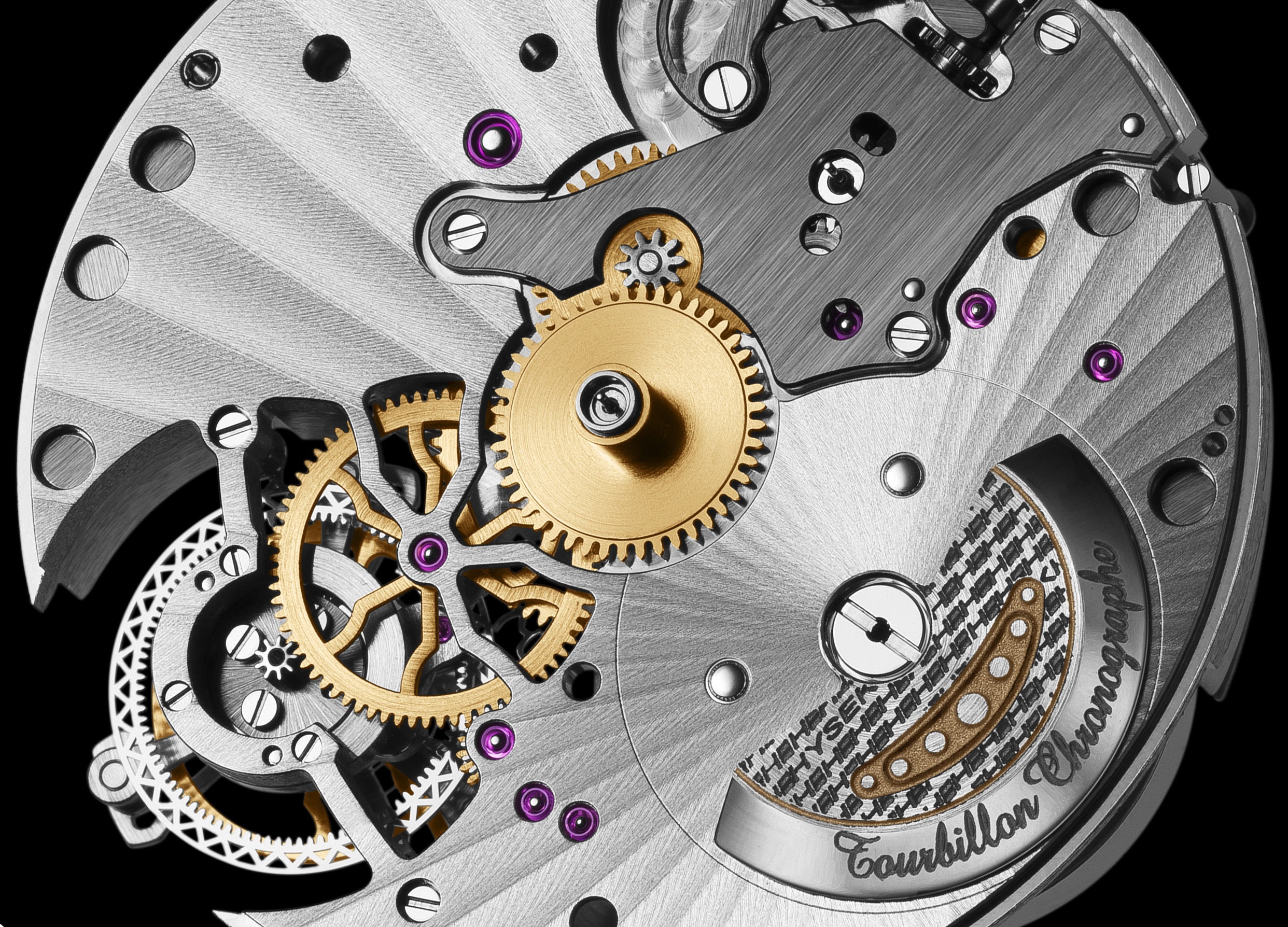
At 3 o’clock, the chronograph marks out 45 minutes, drawing attention just as much to the time being measured as to the workings behind it. Hysek has united technical and aesthetic aspects in a single opening, thus endowing the chronograph with a compelling sense of power and coherence.

